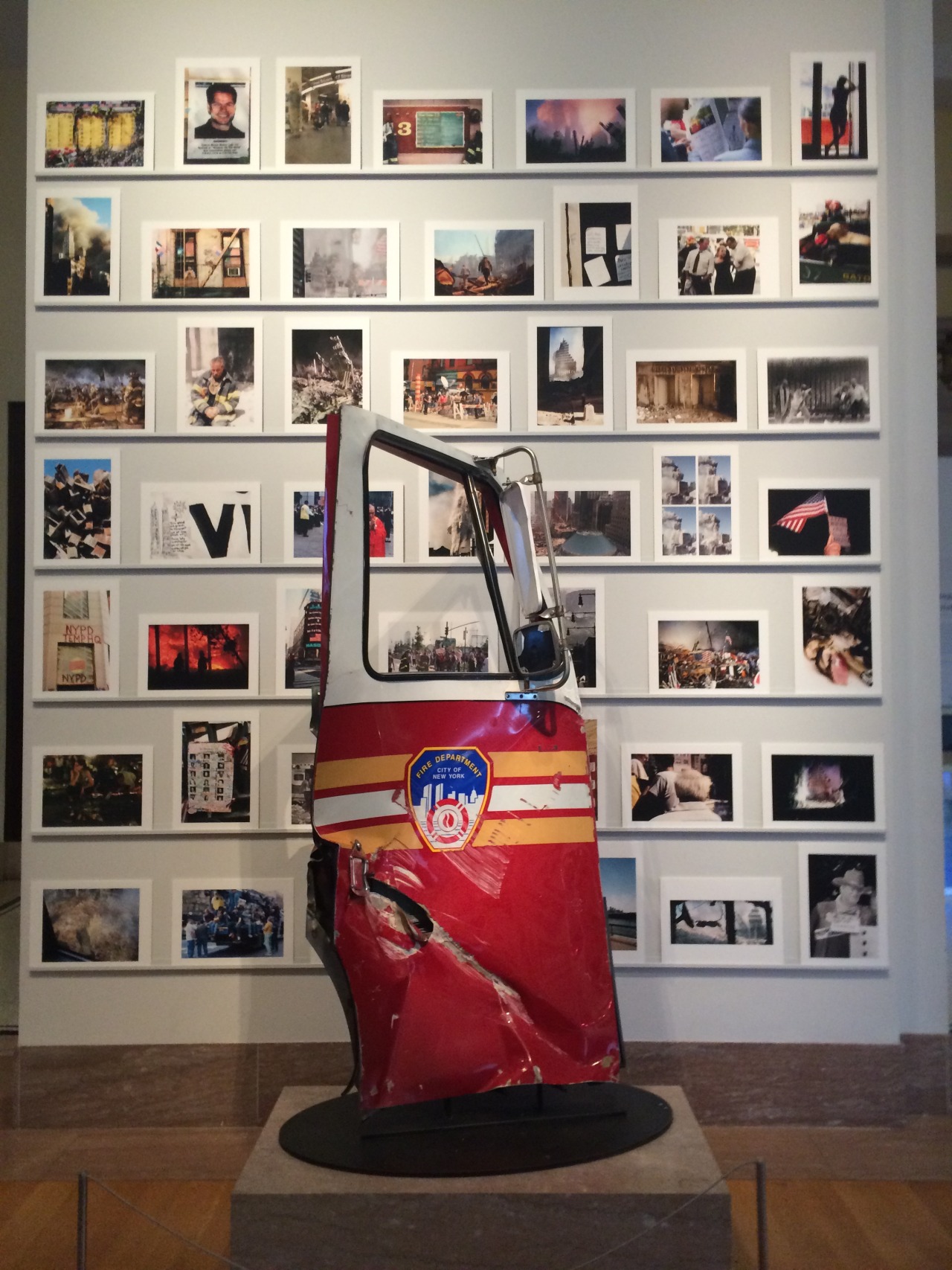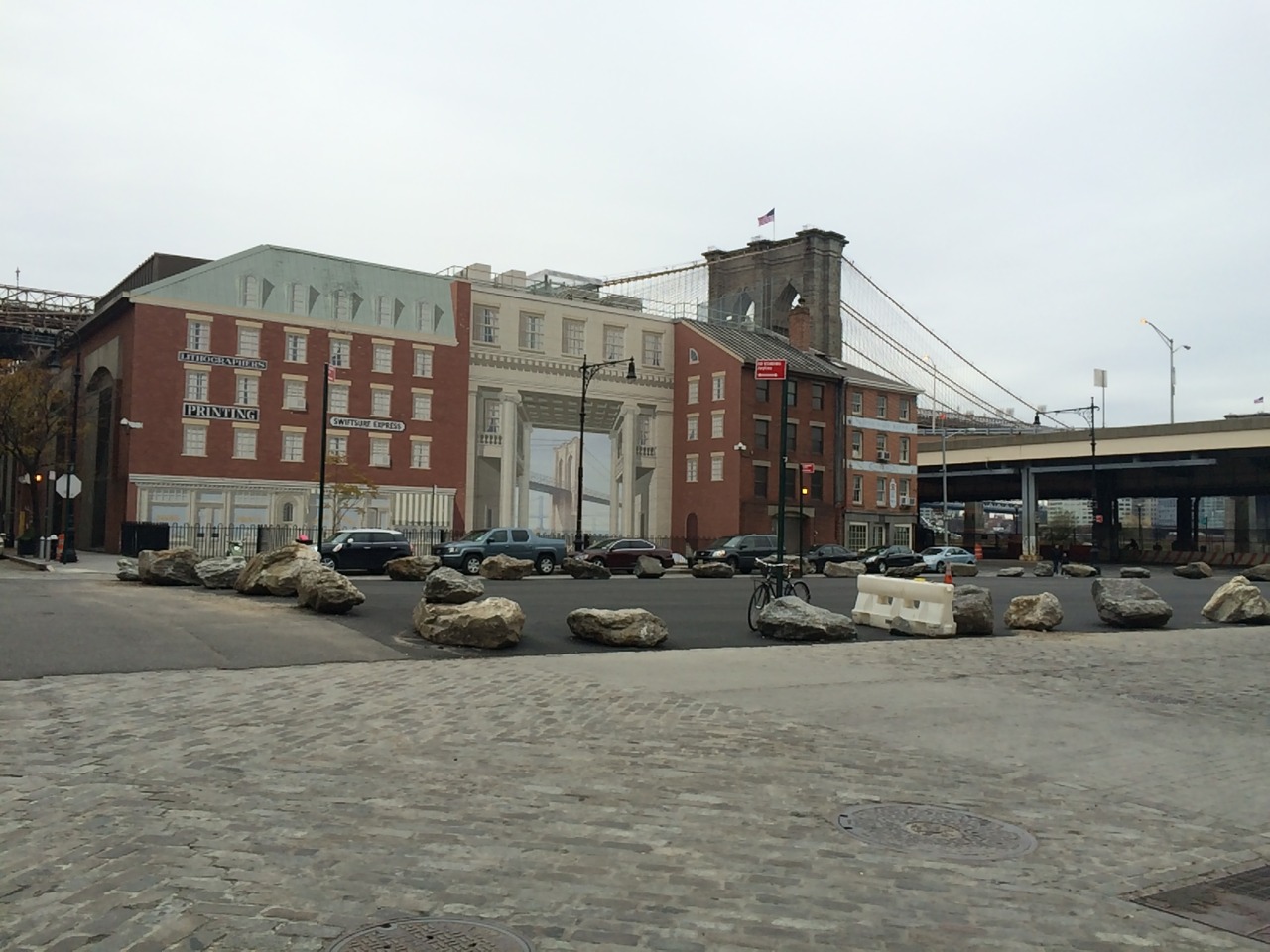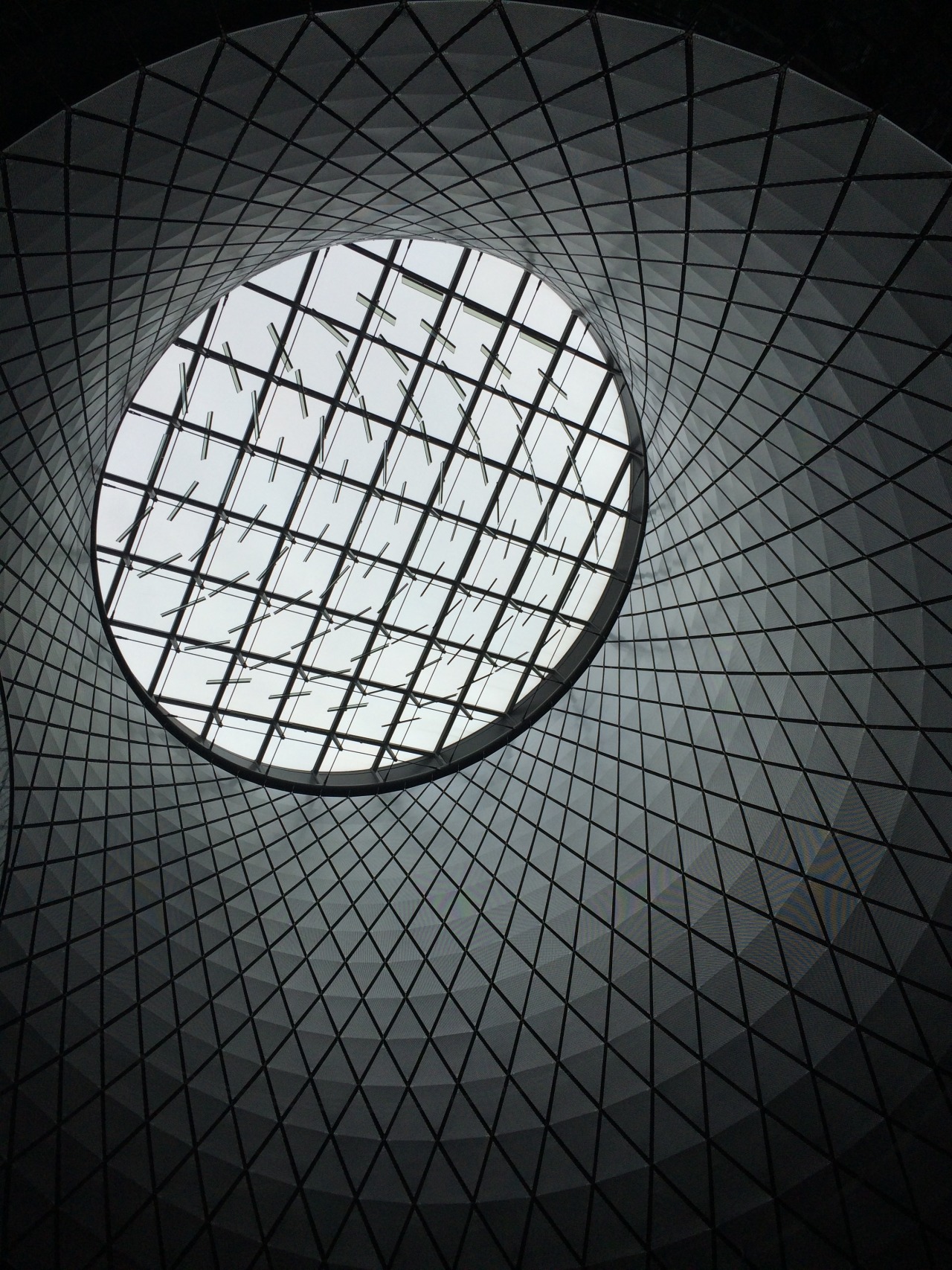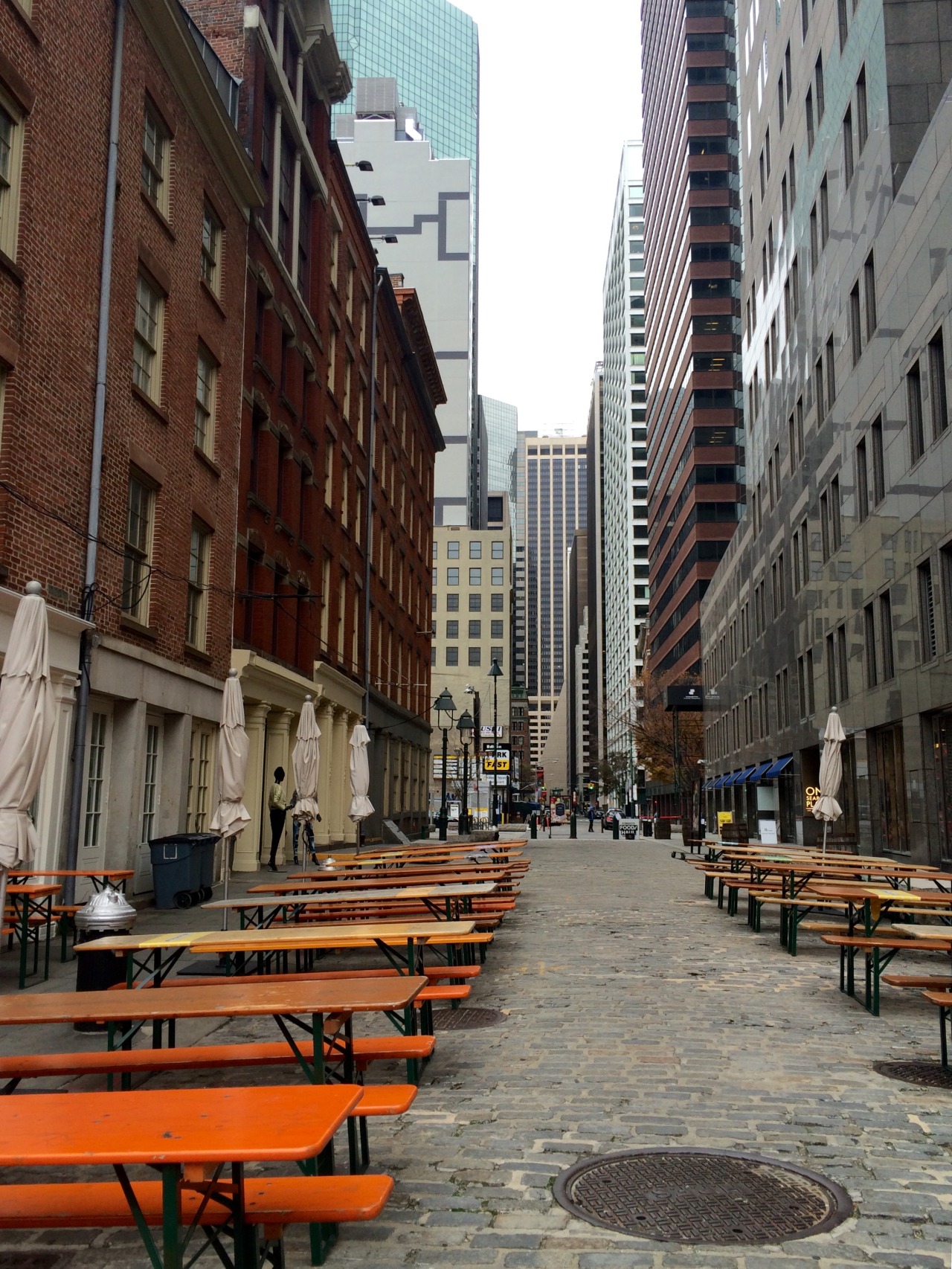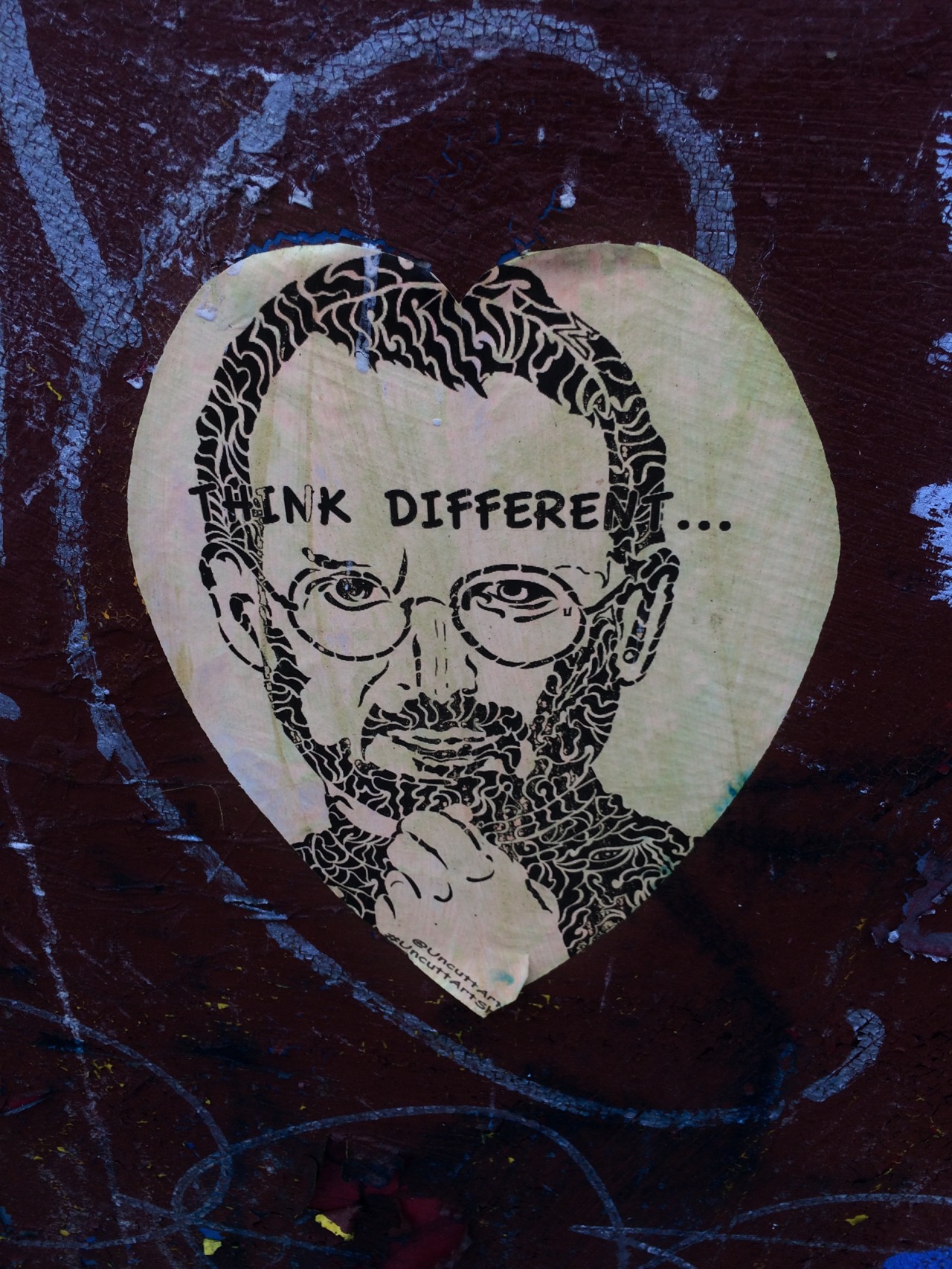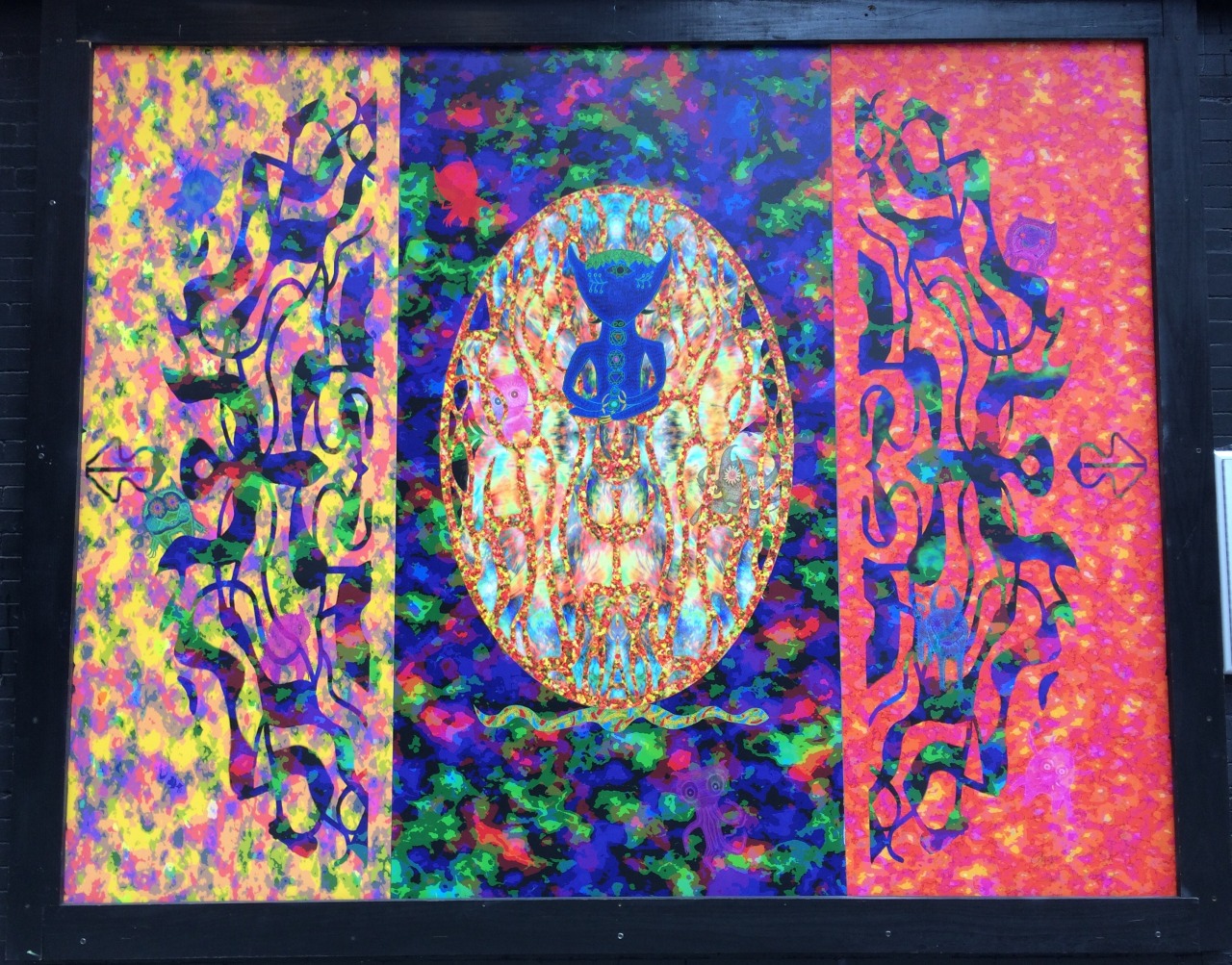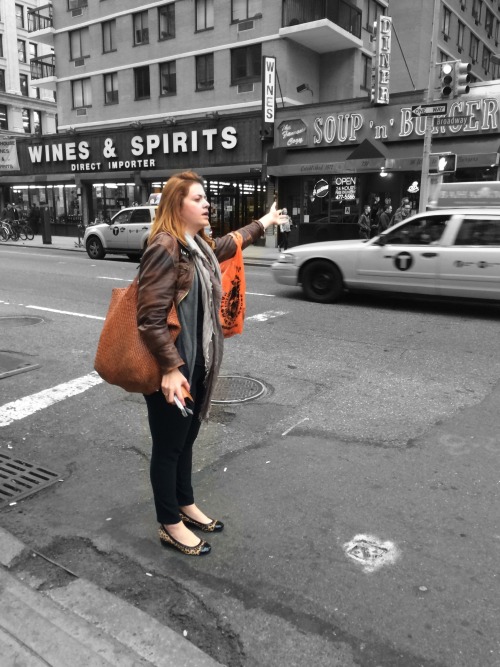As I write this blog, the tip of my thumb is extremely sore because I spent too many hours X-acto knife-ing our names out of card stock.
Lately I’ve been really into watching low budget films by small producers and published on youtube. A personal favorite of mine has been Casey Niestat; I really enjoy his creative touch to a simple video. I was inspired to add a similar touch to our film and the title and credits allowed me the most opportunity to stray from the direction of the script.
Speaking of the script…what was that? Perhaps I’m a bigger fan of more traditional scripts…or perhaps that script simply made no sense. I think the most difficult part for me was connecting myself with script. It was difficult to play my character because I didn’t understand her. It bothered me a little that the sex of the character was ambiguous and for that reason I took some creative liberty with that and played the character as a female. There was a very specific dress choice in that the character of Galvez and Kel wore parallel outfits. As Galvez, I wore a royal purple silk dress shirt while Victoria wore a similar color cotton dress shirt. We made the choice that the characters were parallels in their separate universes and decided to hint at it with our outfit choices. The parallel is more explicit with the idea that the couple in the beginning of the film (Kel and Cris) are looking at an adoption website while Blue is holding a baby throughout the film.
My favorite moments were those when I got to stray from what was on the paper. Because I had so much difficult connecting to the script, every once in a while I would try to add in a bit of humor or something silly. It didn’t always work and sometimes, Miriam who was behind the camera would get frustrated but every once in a while it came out pretty funny. My favorite moment in the process of filming is an easter egg of sorts, you probably wouldn’t notice it if it wasn’t pointed out. In this scene Freda is sitting on the ground and she feels quite uncomfortable in her bathrobe. The movie was filmed in the basement of my parent’s house and we chose to keep a supply cabinet in the scene. So my character is yelling at Blue to pack her bags and leave this dingy apartment. So I walk over to the supply cabinet and start packing things into a bag. If you look closely I’m putting a gallon of oil, a box of foil, some utensils and then finally a basket from a deep fryer. The scene is about ten seconds long but took us at least thirty minutes to shoot because we were in hysterics filming it.
While I learned a lot about the difficult work that goes into putting together a film, I also learned the importance of a great team. Miriam, Linda, and I had worked together in the past and Freda, Victoria, and Eleni had worked together on their pod walks. Having worked with each other before we knew each others strengths and tried to maximize the outcome from the potential. Although initially the script had very little importance to me, working with a group of dedicated and hard working students and putting in hours of effort has made it hard for the film to lack meaning to me. I want to thank them all for their patience, commitment, effort, and for making the experience an enjoyable one.








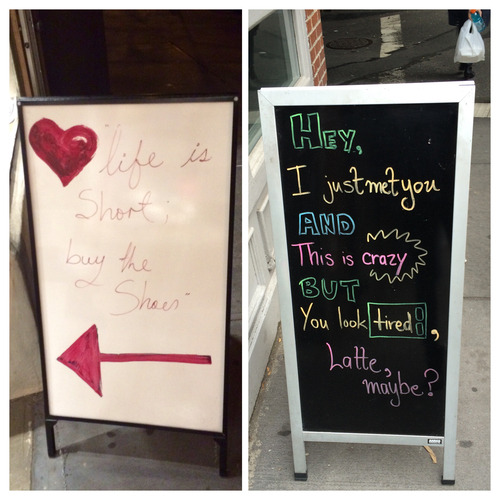
SebastianBolesch02.jpg)

